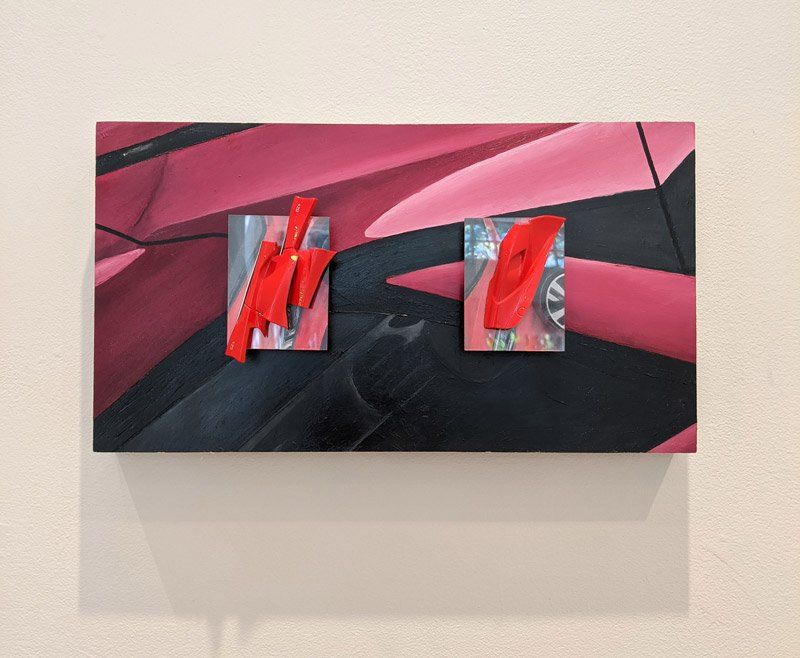Bruce Metcalf


This is a paragraph. Writing in paragraphs lets visitors find what they are looking for quickly and easily.
This is a paragraph. Writing in paragraphs lets visitors find what they are looking for quickly and easily.
This is a paragraph. Writing in paragraphs lets visitors find what they are looking for quickly and easily.
This is a paragraph. Writing in paragraphs lets visitors find what they are looking for quickly and easily.
This is a paragraph. Writing in paragraphs lets visitors find what they are looking for quickly and easily.
Name Lastname
Title
Name Lastname
Title
Name Lastname
Title
GALLERY
ARTIST STATEMENT
Conditions of Ornament
Bruce Metcalf
I am adamant that jewelry must look to jewelry and other decorative arts for concepts and sources. Otherwise, the field is mired in derivative ideas imported from the art-world. I do not make teensy conventional sculptures with pin backs stuck on the back. Such work can win the Hoffmann Prize* even now, but I refuse. I REFUSE. This series is about jewelry sited in its own identity and history.
So: What is strongly graphic and yet rooted in craft? Patterns. Wallpapers. Lampshades. Textiles. These objects became my library of sources.
My favorite motifs come from the decorative arts. I looked to powerful flat patterns. Other pattern were sourced in English Arts & Crafts wallpapers, particularly those designed by May Morris, William Morris’s daughter and one of the leading women in the movement.
This series, “Conditions of Ornament,” is brand new. My intention is to revivify these antique decorative motifs by making them contemporary. I started Xeroxing, tracing and cutting out some of the most dramatic designs I could find, with the purpose of somehow combining them. It was soon clear that layering was the most effective strategy. I could make a new mash up of unrelated patterns, and force comparisons that were never part of the original usages. It is the collision of very different contexts that make this work interesting.
I like to obscure one pattern with another. By placing, say, the outline of a May Morris wallpaper over Kumiko pattern, the lower pattern is partially hidden and thus confused. When I superimpose one white Kumiko pattern over another, they seem to camouflage each other. In effect, I play a game of hide-and-seek with the viewer. One has to slow down and look carefully to see what’s inside the layers. The experience is intended to be complex and rich, and hopefully satisfying.
In that sense, this work is about the pleasure taken in the pattern. Scholars like David Brett and Lionel Trilling insist that giving pleasure is the primary purpose of decoration, and that certainly comes into play here. But, as I have noted, I have other agendas as well.
While I am indebted to Postmodernism and its sense of semiotic play, the “Conditions of Ornament” series is not primarily about the meaning of the patterns I deploy. I am honoring the designers and craftsmen I quote from, true. I am insisting that jewelry be rooted in itself and other decorative arts, and this is very much a polemic position. But I am not telling stories; I am not dwelling on symbol and content. These brooches are a marriage of history and the purely visual.
*“Schmuck” was founded in 1959 by Dr. med. Herbert Hofmann. It is the earliest exhibition on contemporary jewelry worldwide. Since 1973 the Herbert-Hofmann-Price is presented.
All Rights Reserved
Gravers Lane Gallery
8405 Germantown Avenue
Philadelphia | PA 19118
+1.215.247.1603
Tuesday – Saturday: 11am – 5pm
Gravers Lane Gallery © 2024
GLG@1213
1213 Walnut Street
Philadelphia | PA 19107








